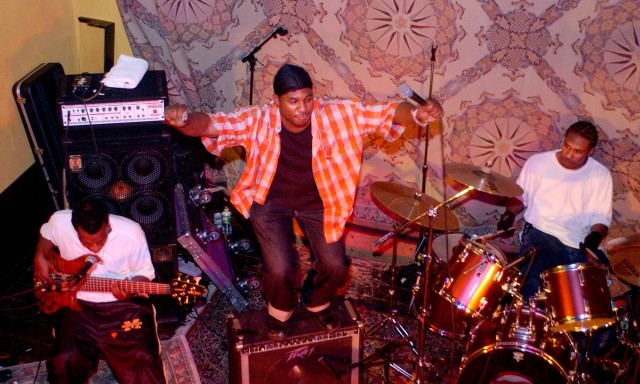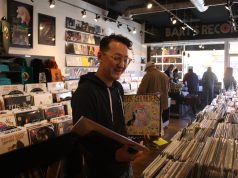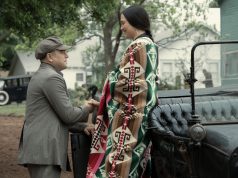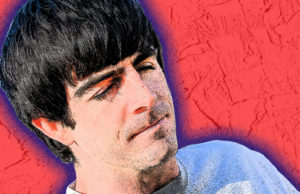
It has been nearly a decade since
With that transformation came immediate crossover stardom, a contract with
But one has to wonder whether the connection to the
“sacred steel” music of Randolph’s youth — an electrifying spiritual
sound pioneered on the pedal steel — was lost in the transformation to
the pop, rock and jam band worlds. Sure, Randolph’s recordings — and,
especially, the live shows, backed by his
were galvanizing, intensely energetic affairs. But their proudly
rockish sound often seemed to overwhelm the roots of a young artist
(who was still in his teens when the pop universe discovered him) so
extensively versed in spiritual music.
Anyone hoping that Randolph would shift the balance of power in his music back to his churchy heritage need only listen to “
“The record kind of brings me full circle,” said
Randolph. “The music we set out to do, the whole vibe surrounding it,
involves people. So many audiences want to be uplifted on a sort of
mainstream level without a record that purposely tries to be
mainstream. We’re making music that simply connects on a spiritual
level with the larger walks of life.”
The first step in connecting the cultural, stylistic and historical dots within the music on “
That meant examining early folk and blues music, and
the links that connected it to spiritual inspirations of secular
artists from today. In doing so, “
Probably the most inventive retooling of the album’s contemporary fare is found on Randolph’s version of
cut for the landmark 1971 album “Imagine.” Spiritualism, in this
instance, becomes an earthy, survivalist quest.
To help pilot the journey, Randolph recruited a
producer who has made a career out of bringing roots music inspirations
to a contemporary spotlight: T Bone Burnett.
“I hadn’t really been connected to a lot of the early stuff out there by artists like Blind Willie Johnson,
Randolph said. “T Bone really helped light a fire under a lot of that
stuff for me. Going back to this whole library of original American
roots music was really a treat.
“This is what guys like Dylan listened to long ago. This is the stuff (Led) Zeppelin and (
Two direct instances on “
that illustrate such roots music excavation place brief snippets of the
blueprint songs (segues, as they are termed in the album notes)
alongside the reworked versions Burnett and Randolph fashioned.
For example, roughly 30 wiry seconds of Johnson’s
own version of “If I Had My Way I’d Tear This Building Down” preface
the easy country blues whine and merry percussive strut of a reading
that matches Randolph’s pedal steel with the vocals and slide guitar of
Later, verses of “Them Bones” recorded nearly 80 years ago by the gospel ensemble Mitchell’s
lead into a modern variation titled “Dry Bones” that employs an ultra
funky groove along with guitar colors by Randolph and Burnett.
“The deeper we got into this record, the more I
talked with the engineers that always work with T Bone,” Randolph said.
“They would say, ‘Man, you don’t even know. T Bone has been wanting to
record these kinds of songs with a young artist for so long. But most
of the young artists have been like, ‘No, I don’t think this music is
too cool.’ So I think T Bone really felt in his heart that people
needed to hear these songs.
“There’s no trend going on with this music. The only trend is that people should be uplifting one another.”
———
(c) 2010, Lexington Herald-Leader (Lexington, Ky.).
Visit the World Wide Web site of the Herald-Leader at http://www.kentucky.com/
Distributed by McClatchy-Tribune Information Services.














